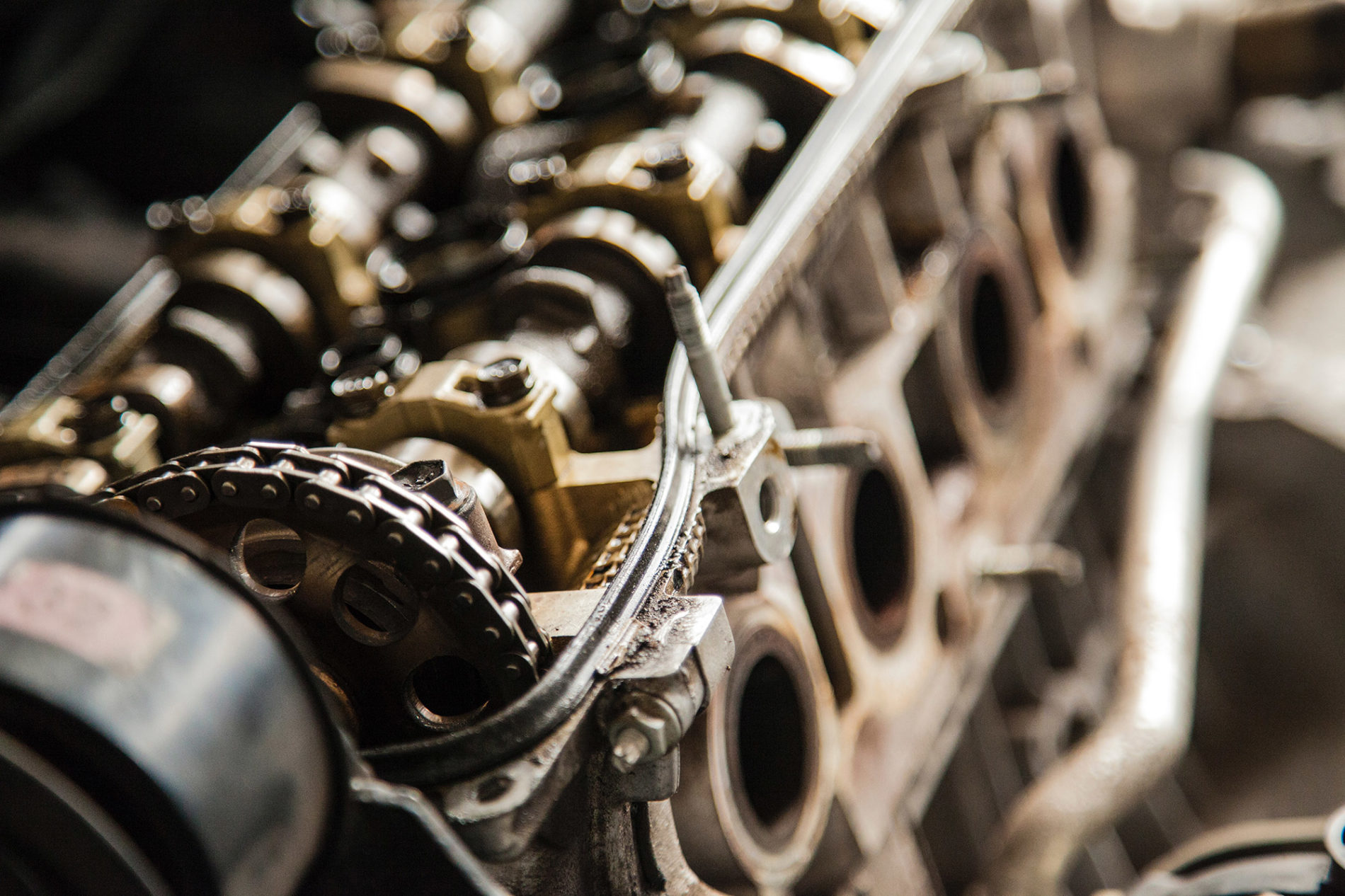Truck Tech: Earth Day reality check edition
A stopgap engine technology; autonomous and electrics startups still hiring
A shortage of batteries and infrastructure means commercial vehicle electrification will arrive more slowly than the hype surrounding it. Could a diesel engine technology stand in the breach? Also, anemic stock prices aside, electrification and autonomous startups are still hiring.
A process, not an event
On Earth Day, it can be easy to get caught up in the possibilities of being better stewards of our environment. But as real as the promise of electrifying commercial vehicles is, it is a process, not an event.
Along the way, other ideas present themselves as possible breakthroughs, or at least stopgaps, toward reducing greenhouse gas and carbon dioxide emissions from heavy-duty trucks.
“We’re not going to instantaneously stop building diesel over-the-road trucks and replace them all with electric over-the-road trucks,” Larry Burns, an adviser to clean energy businesses and former vice president of research and development and planning at General Motors, told me.
One such solution, which dates to World War II aviation, is operating on a Peterbilt Model 579 in service with Walmart.
San Diego-based Achates Power touts its opposed-piston, two-stroke, compression ignition engines as the only diesel powertrain currently able to meet the coming 2027 standard for reducing nitrogen oxide pollution by 90% compared to current levels.
CARB on board
This is a big deal because no one else has figured out how to affordably reach that mark. Some are looking at adding a second selective catalyst reduction system to trap nitrogen oxide pollution. Achates added no emissions control devices to its engine.
The California Air Resources Board, which otherwise is seeking to get diesel truck engines off the state’s highways by 2040, partially funded the heavy-duty diesel engine Achates developed. Air quality management districts in California’s South Coast, San Joaquin Valley and Sacramento also provided funding.
First-round Portable Emissions Measurement System test results from the University of California, Riverside, were “far better than other diesel engines we have tested,” according to Kent Johnson, UCR principal investigator of emissions and fuels research.
“This engine … is proof that there are cost-effective technologies available to ensure that trucks in California, and nationwide, can meet these health-protective emission standards as we ramp up the numbers of zero-emission trucks and move away from diesel forever,” CARB Executive Officer Richard Corey said.
According to Achates, the 10.6-liter engine reduces carbon dioxide by 10% and is engineered for up to 30% better fuel efficiency because of its lower heat losses, improved combustion and reduced pumping losses.
Click here to continue reading
This article originally appeared in FreighWaves April 22, 2022
